|
#1 Motivation
![Yummy Grill]()
Grilled treats will save the atmosphere. How? By converting the free fuel that is rotting at your feet into BBQ gas.
It provides motivation and a clear plan.
|
Communities benefit from FREE Biomass Energy,
improve Soil and Air Quality. Gasifiers and
bio-Digesters stimulate your pocketbook, as
well as the Local and the World Economy.
Biomass Energy powers BBQ, cooking, heating,
refrigeration, HVAC, electricity generation,
CNG currently fuels vehicles and fleets.
How to increase and optimize local capacity
to produce Biomass Energy (organic fuels) using
a century of technologies (done, perfected,
patented, and forgotten). Discover how to
use one billion years of competitive solar
biotech to fuel your future.
Soil and Gas Economy
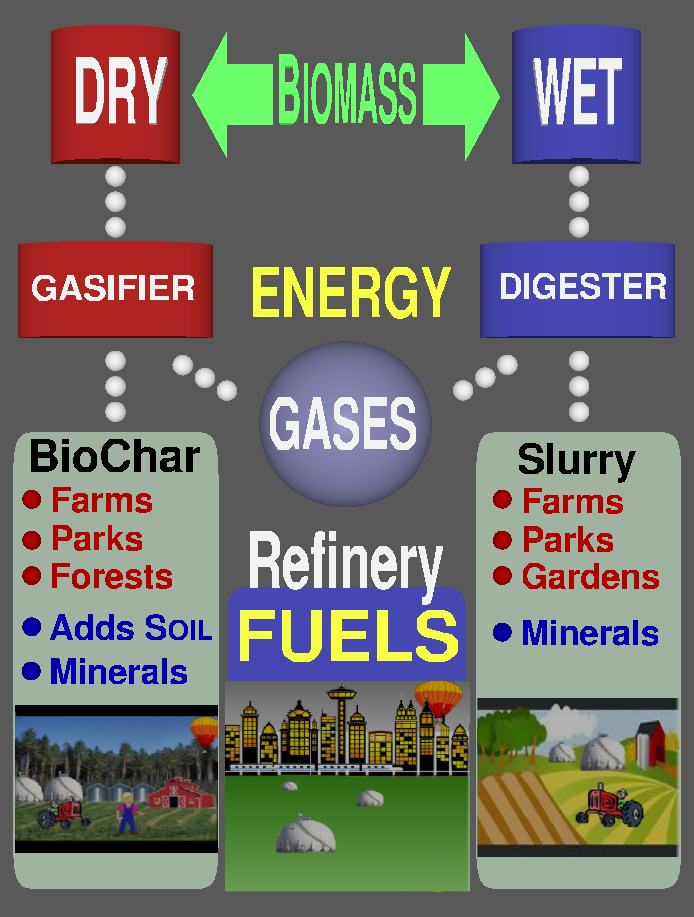
Groups involved in Biomass Energy (considerations):
|  |
Information |
• Biomass
• Groups
• Designs, Patents (old, new)
• Forums, Links
• Integrating multiple convenient energies
|  |
Biomass |
• Types
• Sources
• Processing
|  |
Places |
• Meetings (school, library, coffeeshop, )
• Experiments (inside/outside, school Lab, )
• Storage (equipment, materials, supplies, )
|  |
Tools |
• Simple tools, pipes, wrenches, welding.
• Access to workshops (welding, mechanical, )
• Tool rental.
| 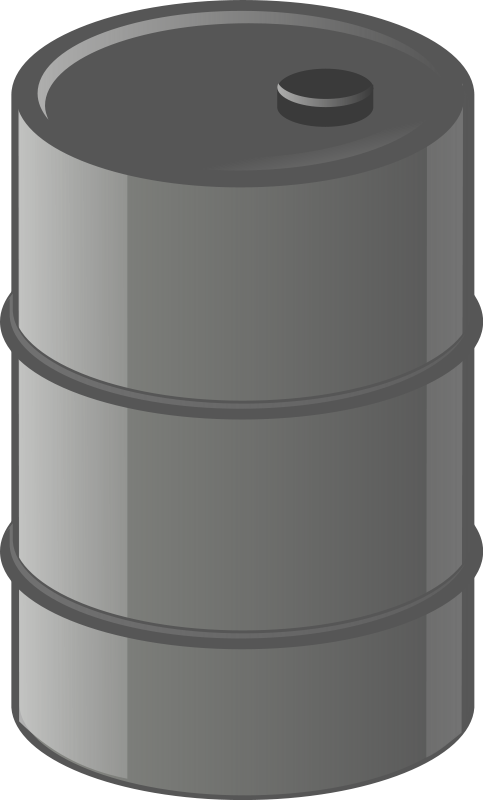 |
Materials: |
New, scrapyards, recycle, re-use,
• Simple pipes, fittings, drums, containers of various sizes,
• Gas tubes and fittings.
• Cheap, affordable, and readily available.
|  |
People |
Local communities with knowledge, engineers,
tradespeople, firemen, scientists,
teachers, friends, willing apprentices.
|  |
More |
• Local business users and producers,
• Energy grid (Surplus)
• Local NGOs biomass rake-athon
|
|
Community Biomass Energy Centres
| |
Why a Centre?
|
 The first mission is awareness, so that community forces can come
to act on Biomass and to extract Energy, Biochar, and other useful subproducts.
The first mission is awareness, so that community forces can come
to act on Biomass and to extract Energy, Biochar, and other useful subproducts.
Groups can be the administration of a community, enterprise,
coops, and of various sizes.
All Groups are local independent, and their purpose is to establish
the local capacities, resources, means, and sources of Biomass Energy.
|
|
Biomass
| |
What is Biomass?
|
 Biomass is a substance that was once an organic fiber, part of a tree or plant,
algae, natural fibres, leaves, underbrush, grass, wood chips, cardboard, cloth, cherry pits,
coconut husks, olive pits, ...
Biomass is a substance that was once an organic fiber, part of a tree or plant,
algae, natural fibres, leaves, underbrush, grass, wood chips, cardboard, cloth, cherry pits,
coconut husks, olive pits, ...
Biomass is an excellent source of hydrocarbons, they are the original source for gas, oil, tar and coal.
Plants throw Biomass away every year (very renewable).
| |
Advantages
|
Biomass is a renewable resource that can be used to create soil and clean fuel
for numerous uses.
* Biomass is usable in any form: Wet (Digester) or Dry (Gasifier).
| |
Disadvantages
|
Biomass has to be gathered before use.
* Dry Biomass can be stored for a long time.
Biomass goes to waste if you don't pick it up, in a very short time in some climates.
Some forms of Biomass are seasonal, and even ephemeral (ex: cherry blossoms).
|
|
How does it work? Biomass = Soil and Gas
|
Biomass (Leaves)
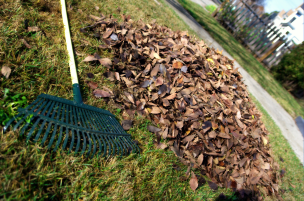
|
=
|
Biochar (Soil)
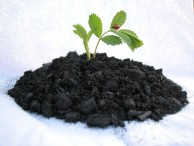
|
+
|
Fuel (Gases)
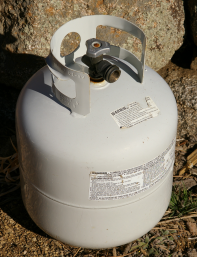
|
There are 2 kinds of leaves (wet and dry). Luckily there are 2 technologies:
• Gasifier (Dry)
• Biodigester (Wet)
|
Both technologies produce "Combustible Gases" (like propane, methane, natural gas)
that can be used for BBQ, cooking, heating, refrigeration, HVAC, and power generation.
These gases can also be refined into vehicle fuels, plastics, pharmaceuticals, and other synthetics.
Biomass is an excellent source of hydrocarbons, they are the original source for gas, oil, tar and coal.
|
|
|
Gasifiers
| |
What is a gasifier?
|
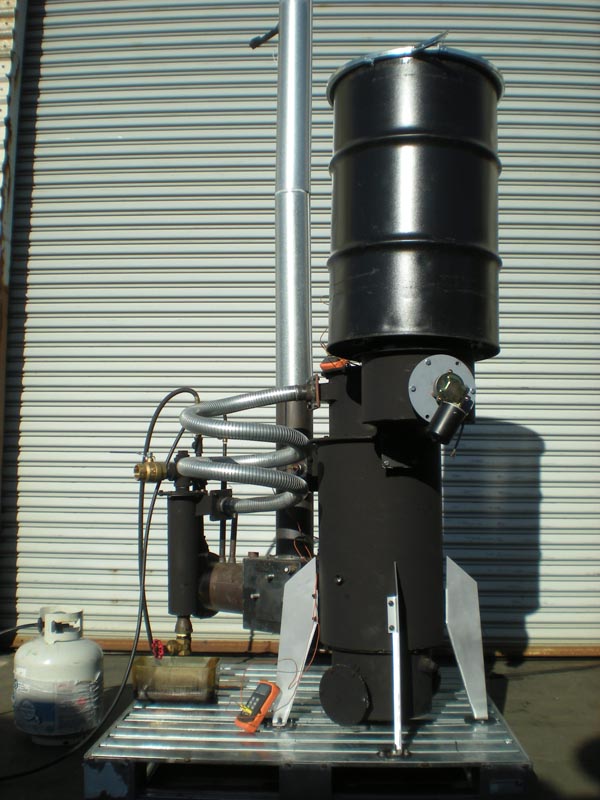 Gasifiers are closed containers in which Dry Biomass is cooked, producing Combustible Gases (Fuels) until all that is left is Biochar (about 50/50).
Gasifiers are closed containers in which Dry Biomass is cooked, producing Combustible Gases (Fuels) until all that is left is Biochar (about 50/50).
The charring process can be powered with its own gas output (15%).
If an external source such as Solar Heat is used
then more residual gases are preserved.
Diagram
| |
Advantages
|
• Quick Process
• Small Footprint (not much space required)
• Residue (Biochar) is easy to handle
* Gasification is a faster process than biodigestion.
| |
Disadvantages
|
• Biomass must be dry.
• Some energy must be expended to cook the biomass.
|
|
Digester (aka Biodigester)
| |
What is a Digester?
|
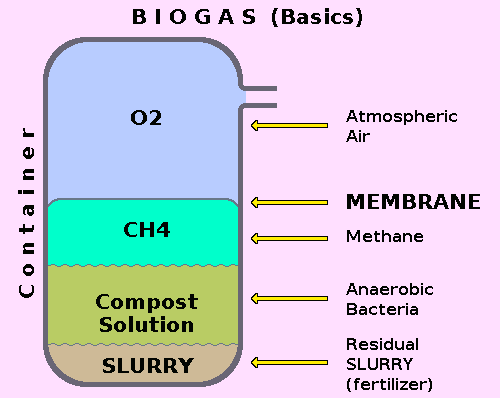 A Digester is a closed container where bacteria "digest"
Wet Biomass
and convert it into Combustible Gases (Fuels), leaving residual Slurry.
A Digester is a closed container where bacteria "digest"
Wet Biomass
and convert it into Combustible Gases (Fuels), leaving residual Slurry.
** A digester produces gases and slurry from a fermentation
process, no external heat involved and no oxygen which is why
methane is produced by anaerobic bacteria (rather than CO2 by
aerobic bacteria because no oxygen is available).
| |
Advantages
|
• Digesters can handle wet material.
• The opportunity to find Wet Biomass is great.
• Slurry (and its minerals) is a good fertilizer.
| |
Disadvantages
|
• Slow Process
• Takes a lot of space
• Anaerobic bacteria are unable to process some Biomass (lignin).
• Slurry continues to decompose, emitting CO2 until it's all gone.
|
|
"Combustible Gases"
| |
What are the gases used for?
|
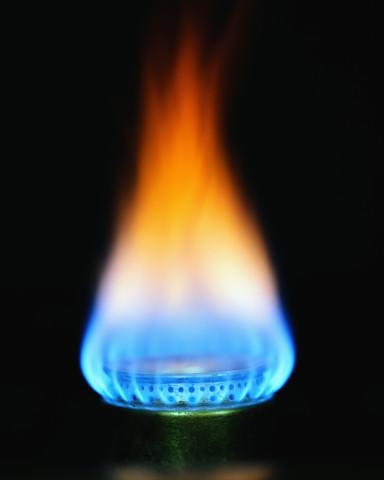 Combustible Gases are used for BBQ, cooking, heating, refrigeration, HVAC, and power generation,
and are also refined into vehicle fuels (such as octane), plastics, pharmaceuticals, and other synthetics.
Combustible Gases are used for BBQ, cooking, heating, refrigeration, HVAC, and power generation,
and are also refined into vehicle fuels (such as octane), plastics, pharmaceuticals, and other synthetics.
|
Is methane as good as natural gas?
|
Methane IS natural gas, CNG*, LNG*
* CNG: Compressed Natural Gas
* LNG: Liquid Natural Gas
| |
Does it smell?
|
The final gas fuel (methane) has no smell, the existing commercial distribution network adds mercaptan (rotten egg smell) to detect leaks.
| |
Are combustible gases harmful for the environment?
|
Combustible Gases burn cleaner than octane, diesel and coal, and produce more energy per CO2.
* DOE report
| |
Are they good for the atmosphere?
|
BBQed treats are always a good addition to the atmosphere. IMHO :)
|
|
BioChar
| |
What is biochar?
|
Biochar is the residue from (dry) gasification. It's Charcoal.
It promotes moisture and nutrition retention. Helps decrease soil erosion. This can be found
in nature, after a forest fire. It's part of the cycle of clearing out forests and instigating
massive regrowth.
Biochar is Charcoal Residue from gasifier wood gas production.
Biochar is the solid Carbon residue from Biomass distillation.
Biochar production can be accidental or intentional. Accidental
is called forest fire (lotsa natural Biochar). Intentional
Biochar production is more orderly and preserves wildlife,
habitats, infrastructure, etc. (the benefits without the chaos)
*** Due to the porous structure of biochar it aids the construction of root
systems by giving smaller roots systems access to nutrition and support
creating a larger and more stable rooting of the plants grown with biochar.
| |
Biochar Uses
|
• Biochar burns as organic charcoal.
• Biochar is an excellent organic soil.
• Biochar can be used to refill old coal mines (seq).
biochar.info
| |
Biochar and the Environment
|
Using Biomass directly, or combustible gases extracted from Biomass, as fuels for our economy...
Biochar does not contain sulfur, arsenic, or uranium.
Combustible Gases produced from Biomass do not contain sulfur, arsenic, or uranium.
| |
Advantages
|
• Biochar is quick to make / rapid processing (see links section)
• Low footprint
• Biochar sequesters carbon for a long time (400 million years)
• Biochar Soil holds on to water and nutrients
• Biochar reduces soil erosion
"Biochar may have the ability to mitigate drought by increasing soil moisture, while decreasing soil erosion and nutrient leaching." - biocharfarms.org
| |
Disadvantages
|
• Biochar is not biodegradable!
• Biochar sequesters carbon for a long time (400 million years)
• Biochar is best soaked with fertilizer prior to use (see links)
|
|
Slurry
| |
What is slurry?
|
 Slurry is the residue of the biodigestion of Biomass. It is composed
mostly of slow-rotting Biomass (such as lignin), and minerals from
whatever Biomass was converted to gases.
Slurry is the residue of the biodigestion of Biomass. It is composed
mostly of slow-rotting Biomass (such as lignin), and minerals from
whatever Biomass was converted to gases.
| |
Advantages
|
Keeps its nutrients, so it can be used as fertilizer.
| |
Disadvantages
|
Some Biomass such as lignin is not broken down by anaerobic bacteria.
Instead it continues to decompose, emitting CO2 until there is nothing left.
|
|
Soft Denialist
| |
"Soft Denialists"
|
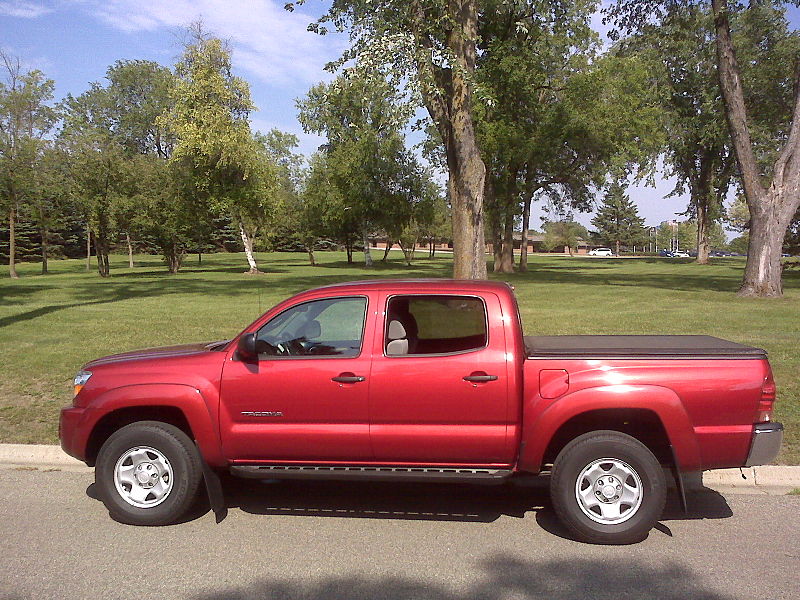 "Soft Denialists"
"Soft Denialists"
Often "SD" earns a living using a vehicle
such as a pick-up truck, lovely creatures but
their svelte lines disguise a suprisingly
voracious appetite...
Good News from the Past.
(an olde source of feed for pick-up trucks)
"Wood Gas"
Before World War II, most european countries did not
have or produce much volume of petroleum fuels. Many
vehicles, motors and generators ran on "Wood Gas".
This process involves cooking Wood (distilling) to
separate the remaining charcoal for the output of
Combustible Gases including some water vapour, oils
and tars. Other gases such as N2, CO and CO2 are
often contained in the "Production Gas" and can
be refined away to increase the density of fuels
and higher performance in combustion engines.
Many vehicles (300,000/USA) today, now operate on
CNG, LNG, LP. Such vehicles can easily transition
or dual fuel to accept refined Biomass gases.
Co-ops of small vehicles, farms, rural residents
financially benefit from harvesting Biomass fuels
in their community. The otherwise spent currency
for Fuels that did not need to be purchased
outside of the locality, re-appear as new money
(as an investment that can be spent again
second time).
|
|
POLL: Pick Up Trucks
|
POLL: Pick Up Trucks
|
POLL: Pick Up Trucks
When owners of F-150, RAM, ... were asked
if they would gather/transport 1/2 ton of
Biomass to the local Public Gasifier Station
to receive a credit for 400 pounds of Combustible Gases?
The majority did not respond Y or N, they
simply asked "Where?".
Sadly, we had to reply: When?
We asked one PickUp owner what if HE starts
using Green Gas wouldn't HE be afraid of
being called "a Greenie"?
He replied: "Bring it on. I'm (Ford) though."
*** Special Note ***
The vehicle fleet owned by small enterprises
in alliance with NGOs to gather Biomass as
fund raising, can together kick start their
local economy (even more in outlying areas).
|
|
Burrard Plant
| |
Burrard Plant
|
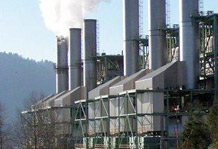 "Burrard Power Plant" (BCHydro, Port Moody, BC) noSmoke
"Burrard Power Plant" (BCHydro, Port Moody, BC) noSmoke
• Biomass collection/storage Indian Arm +MVancouver)
• Adjunct Gasifier (pomoo)
• Wind Sail/Mill + Pgas + Flywheel
• Flywheel... stage.compressor... low.Therm...
• DX + low.therm = separate (H2,CO2,CH4,C3H8, ...)
"Burrard Energy Integration Research Institute"
where further explorations into multiple co-generation
using wind and solar to "dry" and "cook" biomass into
sterilized nanosoil and bioMethane. This organic natural
gas is used as fuel to power the Burrard generator.
The scrubbed smoke (leaving organic CO2) is cooled to
room temperature to pre-heat the steam input, recovering
heat lost to get the smoke out of the air shed.
Pre-stored energies (wind,wave) are used to compress CO2
and produce Dry Ice to deliver frigories to freeze produce in
greenhouses while releasing organic bio CO2 to feed plants.
Wind energy captured using sails (not egg beaters) flowed
through compressors to store pressurize air, flywheel, ...
Floaters of various geometries study the Wave energies
captured and store as air pressure, or vertically stacked
counter-spinning horizontal flywheels, ...
|
|
Incinerators
| |
Incinerators
|
Regional authorities can use Biomass to supplement the economics
of their garbage cogeneration incinerators.
"metro vancouver - gold river - 2010 or 2009"
|
|
Solid Waste CoGenerator
| |
Solid Waste CoGenerator
|
MetroVancouver Solid Waste to Energy Incinerator.
The CoGenerator project was accused of "needing"
garbage to "fuel" the incinerator to produce
power to pay the long financial debt.
"Reduce . ReUse . Recycle" Lost at Large!
maybe not. Separate flows of biomass (to
preserve the intergrety of ashes) as fuel
can fill in where/when "garbage" is at a "premium"...
|
|
Lafarge / Xmas Trees
| |
Lafarge / Xmas Trees
|
LAFARGE and XMAS Trees:
Vancouver, January every year
The city schedules mulching stations to shred
Xmas trees for uses such as Parks. This material
releases CO2 until it completely decomposed over
many years leaving a small amount of minerals.
*** Note: the Fire Department will confirm
that Xmas trees can be extremely DRY.
Cement or Power incinerators can use this DRY
Biomass to energize their processes, substituting
other regular fuels. NGOs can use this kind of
opportunity for fund raising.
|
|
Leaf Days
| |
Leaf Days
|
"Leaf Days"
CoGeneration Incinerators can produce power
using Biomass. Normally, the ashes must be land
filled (toxic), whereas Biomass ashes can be
re-used as fertilizer (asset instead of cost).
Individuals (rural, urban) can collect Dry Biomass
and easily keep it dry.
When an NGO needs some funding it can call for
a "Leaf Day": Folks fill larger containers at
the community centre with their preserved dry
leaves, grasses, ...
|
|
Fuji Power God
| |
Fuji Power God
|
Japan has lovely Cherry Blossom.
After Nature's wonderful show followed by a carpet
of pink petals, the ground turns brown as the
Biomass dries or rots. Again in both cases, it is
possible to recover the situation by capturing or
extracting the combustible gases and a major
improvement to the garden.
Japan has in many climates a variety of indigenous
plants that produce large quantities of ephemeral
Biomass. Biochar is favored due to the structure
it provides to soil in addition to bioavailability.
* Biochar is not biodegradeable (Seq. for eons).
|
|
Tar Sands
| |
Tar Sands
|
The Canadian Economy is an interesting case:
The impact of the OIL economy on the rise of
the candian Dollar ($CDN), has stiffled
several key economic sectors in Canada
(forest products(sea2sea), manufacturing(ON)).
The best direction to develop the economy
is internally, providing which products and
services to Who? Producing green fuels and
increasing the productivity and resistance
of the soil to climate change (biochar).
Canada's daily tar production is about the
size of the Olympic stadium in Vancouver, BC.
In areas across the country (mostly in the
most remote regions) Biomass can be charred
to gas fuels for local use (reducing local
imports both cost and transport) and export
to the international (not affected by Dollar),
and internally (TarSands require massive
amount of natural gas energy to process).
Trivia:
TarSands need 50% Prairie Gas and
quickly increasing to 100%.
As the need goes beyond 100%, a
process involving water to produce
lighter fuel to cook the Tars, will
be used, as required.
Economic proposal:
Canadians collect and process biomass at
an average of TWO (2) stadiums per day,
resulting in ONE(1) stadium of Biochar.
Thus sequestering the equivalent of the
TarSands, yet also enough green gases to
power the project and the country's other
energy needs (exports?).
|
|
Keystone Pipeline
| |
Keystone Pipeline
|
Keystone Pipeline (Full Duplex?)
(?)The pipeline itself seems to have passed the
environmental assessment on its own basis.
The current "Green" issue seems to be the
access to a gigantic fossil carbon source.
This can be mitigated by biomass energy
and by biochar sequestration, not only in Canada, but
also in the USA (much biomass is also
available). Americans can harvest (char
and gasify). Excesses can be pipelined
north to green the "Octanes" that return.
|
|
Corn Stalks
| |
Corn Stalks
|
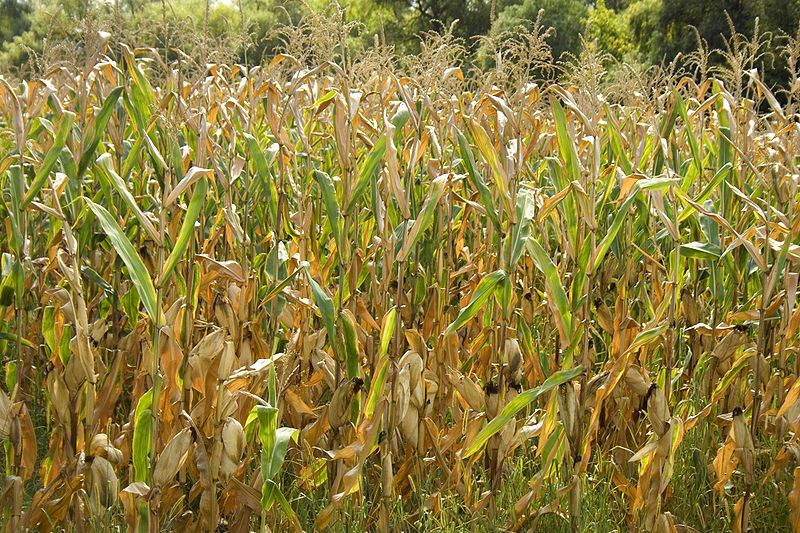 USA - CORN Stalks
USA - CORN Stalks
Phase I - Burn Corn Stalks (as Coal)
- 53% of USA electricity produced by Coal
- Dried Corn stalks contains sunpower minus
the fossil pollutants (U, As, S, ...) equals
better air, better ashes (re-use "pot ash").
- Disadvantages:
- carting
- soil erosion
Phase II - Burn Gas (Char Corn in Field, )
- Residual agricultural materials store
extra solar energy (as they dry).
On site, fuel gases are released by
mobile gasifiers and biochar is returned
to the soil (adding to structure).
* Once CO2 and N2 removed, the remaining
fuels could be airlifted to power plant
or pipeline head.
Gases for the Masses
The FREE fuels in the gasification process
are an economic stimulus we can use right
now to create work and real money (GDP).
The 50% Carbon Tax is not as painful when
it is filling their gas tank directly or
indirectly - raw fuels often have use
somewhere in the local economy, or justify
further refining.
|
|
Half-Life of Compost
| |
Half-Life of Compost
|
|
|
Myth of Soil
| |
Myth of Soil
|
Compost completely rots away, then minerals wash away.
|
|
Peace River - Site "C"
| |
Peace River - Site "C"
|
Flooding VS. BioSalvage
Hydro Dams are said to produce clean electricity
as long as we don't forget the flooded areas.
Drowned biomass (anaerobic) produces methane
for a very long time.
Remedy. Allow bioSalvage, so that anyone
without cost may retrieve biomass from the
to be flooded areas.
|
|
Refinery / Co-op
| |
Refinery / Co-op
|
Existing refineries may find extra business,
coming from small specialized fuel co-ops,
requiring transformation of the raw gases
that they're bringing in, into high octane,
vaseline, hydrogen, etc.
By providing gasifiers to their partners,
refineries may establish long term commercial
relationships.
|
|
Algae Blooms
| |
Algae Blooms
|
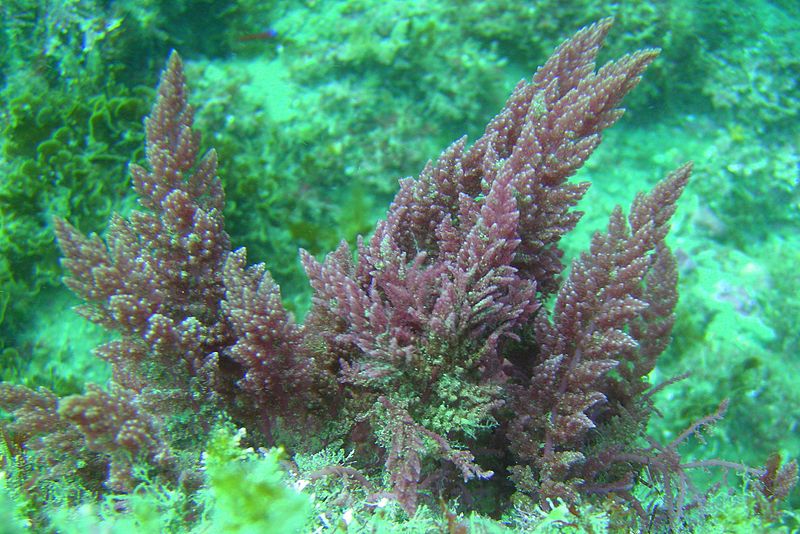 Harvesting algae blooms caused by fertilizer runoff into to watersheds is
a viable source of Wet Biomass. This algae uses up so much oxygen at
night that it creates "dead zones" where there isn't enough oxygen for
anything to live. This excess algae could instead be harvested as a
large source of Wet Biomass without hurting the environment.
Harvesting algae blooms caused by fertilizer runoff into to watersheds is
a viable source of Wet Biomass. This algae uses up so much oxygen at
night that it creates "dead zones" where there isn't enough oxygen for
anything to live. This excess algae could instead be harvested as a
large source of Wet Biomass without hurting the environment.
|
|
Compost/Mulch
| |
Compost/Mulch
|
"If you Compost, You a Half Way There!"
In fact you've done all the work.
Don't walk away from the paycheck!
Your composting Biomass (or mulching)
is venting CO2, instead of collecting
combustible fuels (valuable energy) that
is used for BBQ, cooking, HVAC, ...
Just Put a Cover on your Compost and
Don't let the Green Money get away!
WHO?
Farms (big, small), rural residents, suburbs,
golf courses, parks, ...
HOW?
Private or Collective Gasifiers, Digesters.
|
|
Farms
| |
Farms
|
• A farm of any operation any size, needs its own gasification systems (wet and dry).
• Several smaller operations (farms, rural residents) can easily justify (ROI)
co-op gasification systems, for their own use or even export.
• Large farms can easily supply their Biomass energy systems
and several energy needs, their own internal uses, and nearby restaurants
and other farms, commercial users.
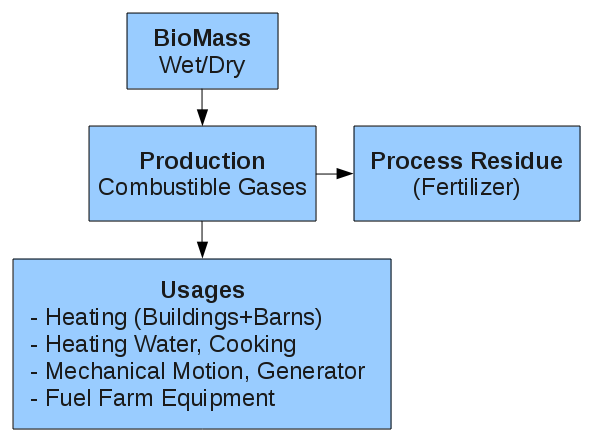
|
|
Landscapers
| |
Landscapers
|
• Gather Biomass from customers' sites
• Put Gas in pickup instead of paying to get rid of it
• Put Biochar back to make plants grow nice and fast.
|
|
Hikers
| |
Hikers
|
portable gasifier stove = douse well when done, humidity kills forest fires
**(img of smoky bear)
|
|
Forestry
| |
Forestry
|
Renewable jobs making fuel for BBQ, cooking, heat, refrig, vehicle, generator,
refinery and power plants.
Who Benefits, and How?
|
|
Suburban
| |
Suburban
|
Uses: BBQ, Cooking, Heating, Cooling, Fuel
Source: Garden Waste, Tree Trimmings and Leaves, Lawn Clippings
Equipment: either closed circuit gasifier/char, or neighborhood
return-it/co-op processing center, wind refinery (compression)
|
|
Rural
| |
Rural
|
BBQ, Cooking, Heating, Cooling, Fuel
|
|
Green Spaces
| |
Green Spaces
|
• Farms
• Parks
• Golf Courses
• Graveyards
• Equestrian
|
|
Commercial Users
| |
Commercial Users
|
• Businesses = Building Heat/HVAC, Vehicle Fuel
• Restaurants = Cooking, Refrigeration, Fuel (for deliveries)
• Transport = Fuel, (sometimes) Refrigeration
• Industrial = Heat Processes
|
|
Why do NGOs in particular want this, as a economic entity?
| |
Why do NGOs in particular want this, as a economic entity?
|
"Sustainable fundraising" with a guaranteed customer base...
Not everybody wants chocolate; fuel is always welcome.
NGOs should use Biomass (leaves) for charity,
because chocolate bars don't grow on trees.
|
 Any one or all of these reasons may motivate you:
Any one or all of these reasons may motivate you:
• Free BBQ gas and other fuels
• Give it all to charity - they can use the fuel or sell it
• Green Green Green! Its good for the earth
• Greed Greed Greed! Sell it to energy companies or direct to market

Camping
|

Pickups
|

RVs
|

Farmers
|

People who already consume propane and natural gas
|

Friends who have no use for it but don't mind picking up biomass for you or charity
|
Gasification Centers can vary in size to meet the needs of a small or large group of people. The technology is very versatile.
|
Environment
| |
What about global warming?
|
Biochar removes carbon dioxide from the air
Rotting Biomass has a massive CO2 and methane footprint,
many times more than human sources.
Using fallen Biomass as Fuel produces (at worst) the same
amount of CO2, and allows us to avoid burning Fossil Fuels instead.
"If my car eats grass, it's a cow."
| |
What about fossil pollutants?
|
Biomass is not a significant source
of sulfur, arsenic, uranium, and other fossil pollutants.
| |
Why not Compost or Mulch?
|
Compost and mulch make CO2.
| |
What about soil?
|
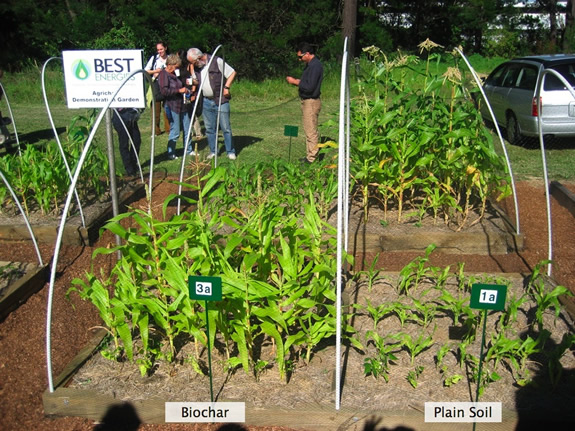 Biochar produces better soil.
Biochar produces better soil.
"Do you compost, then you're half way there."
| |
Benefits
|
• Picking up Biomass helps prevent forest fires
• Biochar improves the soil
|
PATENT
consists of
- Exclusive Rights granted by a sovereign state
to an inventor for a "limited period of time"
"in exchange"
for the full public disclosure of an invention.
* After this time, the patent "as-it-is-described"
becomes "public domain", and can be used without
any fees (typically 20 years).
• Wood
• Gas
• did this just appear?
• is this new?
• why are we only now hearing about it?
ww2 wood gas used chopped down trees and dried them using cooking, then gasified them... we can use dry leaves, plant fiber scraps of all kinds, leftovers, ...
. "you leave it, you lose it"
. "waste not, want not"
. "the free fuel rotting at your feet is wasting the air"
. "chocolate bars don't grow on trees"
. There's a backlog of fallen Biomass, both wet and dry.
. One of the reasons why, is the ever present and ever renewing Biomass.
• Do you compost, then you're half way there.
• If my car eats grass, it's a cow.
|